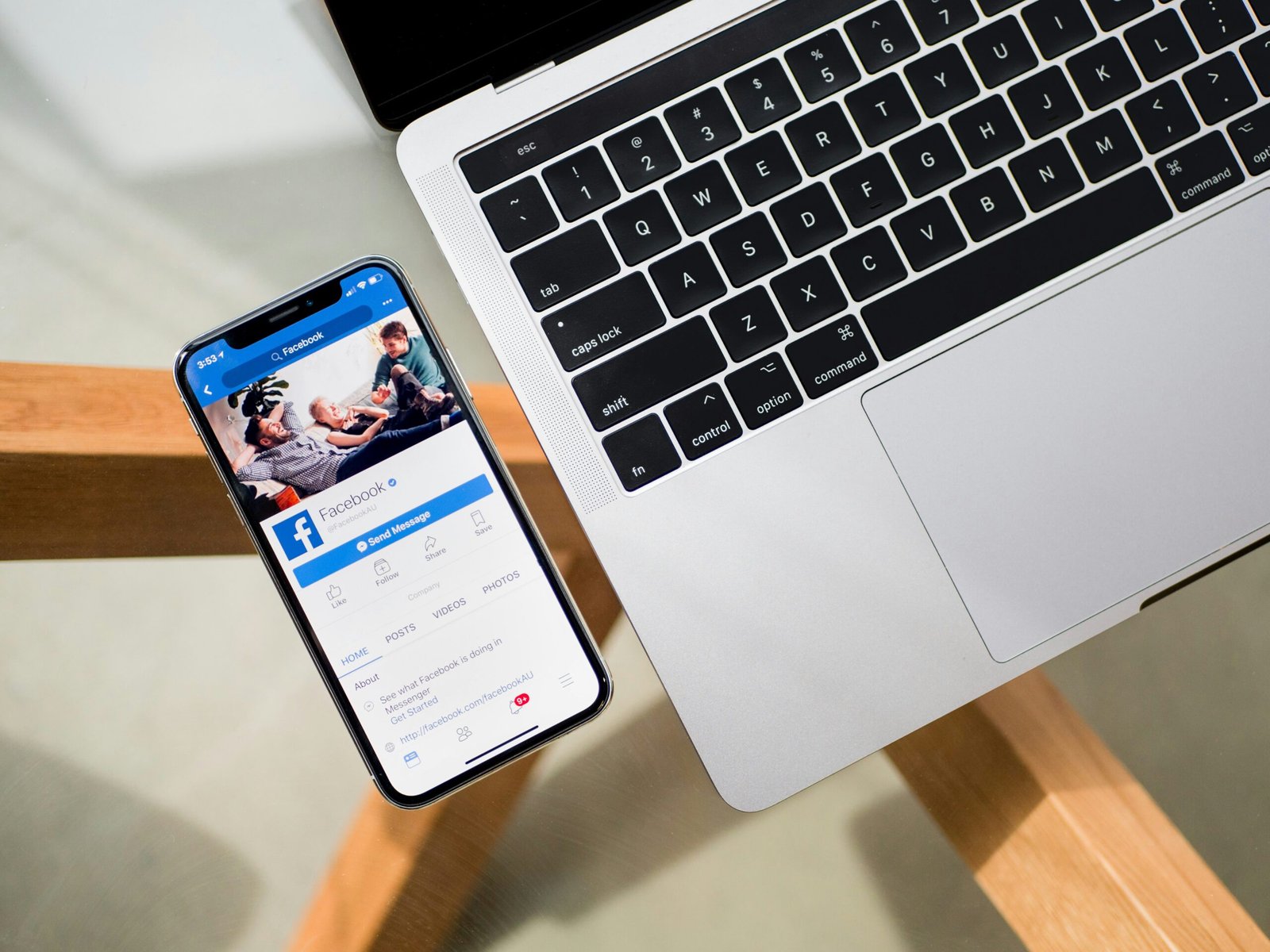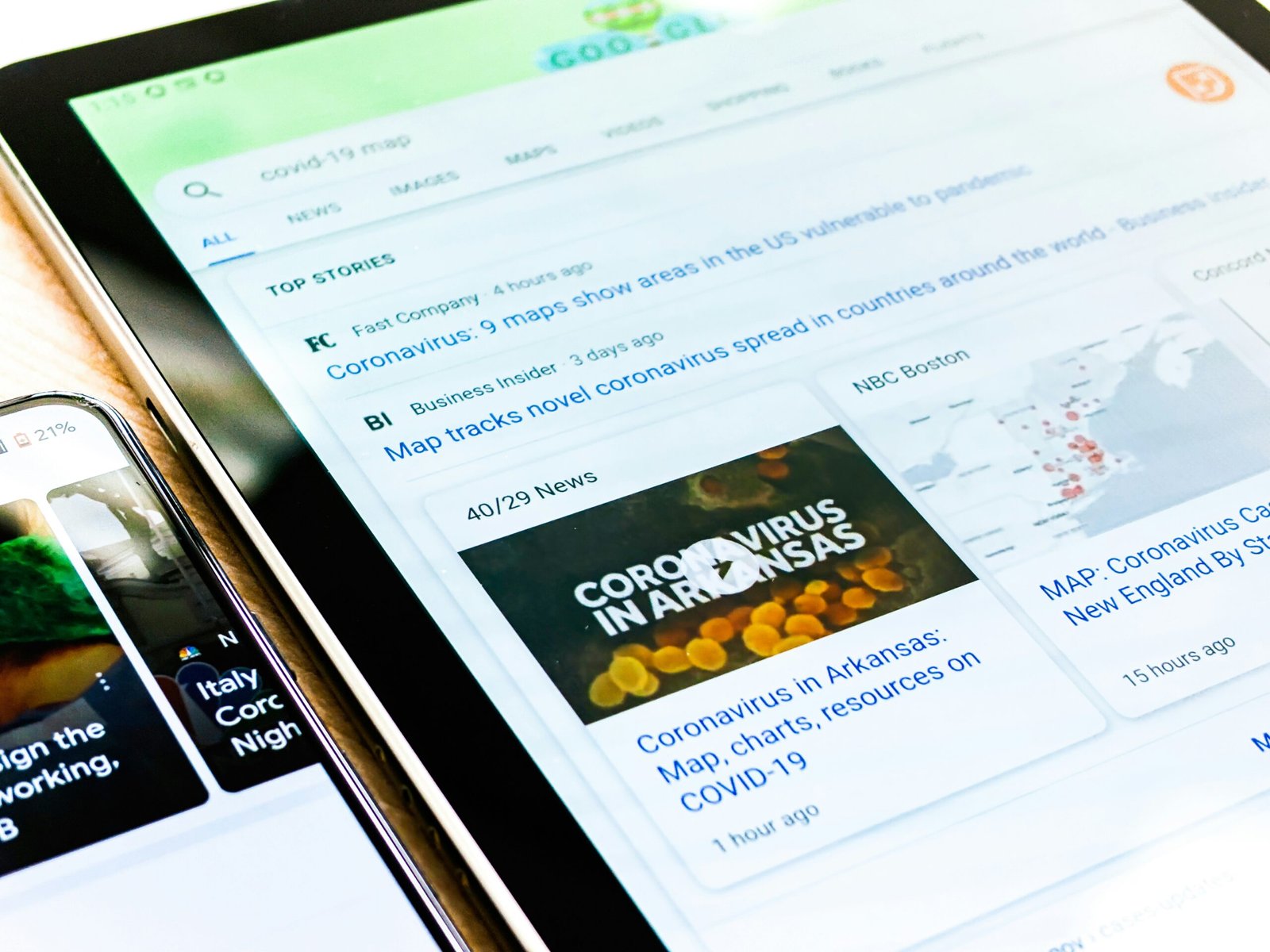Introduction to Contests and Giveaways
Contests and giveaways represent powerful marketing strategies that have gained significant traction in today’s competitive business landscape. Used effectively, they can generate buzz, foster community engagement, and enhance brand visibility. Both contests and giveaways serve distinct purposes within marketing campaigns, yet they are often conflated. Understanding these differences is crucial for leveraging their potential optimally.
A contest typically involves some form of competition, where participants are required to complete a task, such as creating content or answering trivia questions, to win a prize. On the other hand, a giveaway is generally perceived as a chance-based event where participants enter without any significant effort beyond providing their contact details or following set instructions. While both methods aim to entice participation, their operational structures and expectations differ substantially.
The benefits of implementing contests and giveaways are manifold. One of their most notable advantages is the capacity to increase brand awareness. By encouraging participants to share contests or giveaways on social media platforms, businesses can reach a broader audience, thereby amplifying their market presence significantly. Additionally, these events foster customer loyalty through active engagement. When participants are involved in a contest, they feel a stronger connection to the brand, as their efforts are recognized and rewarded. This interaction can lead to long-term brand relationships, as customers are more likely to return to a brand that acknowledges their participation.
Moreover, contests and giveaways can drive engagement effectively. They often encourage users to comment, share, or tag friends, creating a ripple effect of exposure and interaction. This heightened level of activity builds a sense of community among participants, often resulting in organic growth through word-of-mouth promotion. Therefore, both contests and giveaways, when executed thoughtfully, can yield substantial benefits for businesses and participants alike.
Types of Contests and Giveaways
Contests and giveaways are powerful marketing tools that can significantly enhance brand engagement and visibility. There are several types of contests and giveaways, each offering unique characteristics and advantages that can suit different business objectives. Understanding these variants is key to implementing an effective promotional strategy.
One of the most common forms is **sweepstakes**. These are games of chance where participants enter to win a prize, often without needing to make a purchase. Businesses typically gather entries through online forms or social media interactions, creating a wide reach. Sweepstakes usually have specific rules about eligibility and draw dates, allowing brands to capture leads and gain insights into customer demographics.
Another popular type is **skill-based contests**. Unlike sweepstakes, these contests require participants to demonstrate a skill, such as writing, photography, or solving puzzles. This type not only engages the audience but also provides the brand with user-generated content that can be shared across various platforms. For example, a photography contest could encourage customers to submit images featuring the brand’s products, enhancing community engagement.
**Social media giveaways** are also prevalent, capitalizing on the reach of platforms like Instagram, Facebook, and Twitter. These giveaways usually involve participants following the brand’s account, liking a post, or tagging friends to amplify reach. They are particularly effective for increasing followers while promoting brand awareness. For instance, a makeup brand might host a giveaway where participants can win a product bundle by sharing the giveaway on their timeline, thereby generating organic buzz.
Lastly, businesses can explore **challenges** that prompt users to achieve specific tasks within a set timeframe, often encouraged by community interaction. This format leverages competition and creativity, further driving engagement and participation.
Each type of contest and giveaway can effectively enhance brand visibility and interaction when designed with clear objectives and rules. Knowing which format aligns best with your marketing strategy can lead to successful outcomes.
How to Plan Your Contest or Giveaway
Planning a successful contest or giveaway requires careful consideration and strategic thinking. To begin, it is crucial to set clear objectives. These goals could range from increasing your brand’s visibility to growing your email list or boosting social media engagement. Defining your primary objective will guide the subsequent steps of your planning process.
Once your objectives are established, the next step involves identifying your target audience. Understanding who you want to engage with is vital for crafting a contest that resonates with participants. Researching the demographics, interests, and preferences of your audience will help tailor the contest accordingly, ensuring that it appeals to potential participants and drives engagement.
The third step is to determine the type of contest or giveaway that best aligns with your goals and audience. There are various options to choose from, such as sweepstakes, photo contests, or trivia challenges. Each format has unique advantages, and the decision should reflect what you believe will resonate best with your audience while effectively fulfilling your objectives.
Next, it is essential to establish clear rules and regulations. Outline the entry requirements, eligibility criteria, and how winners will be selected and notified. Transparency in these rules not only builds trust but also helps avoid any potential disputes that could arise during the contest. Additionally, ensure compliance with local laws and platform policies to mitigate legal complications.
Finally, selecting attractive prizes is crucial for incentivizing participation. Consider offering prizes that are not only appealing but also relevant to your audience and aligned with your brand. This ensures that participants feel motivated and excited to engage with your contest or giveaway. A well-planned contest can significantly enhance brand visibility and foster a lasting connection with your audience.
Legal Considerations and Compliance
When organizing contests and giveaways, understanding the legal landscape is crucial for ensuring compliance and protecting both the organizer and participants. One of the primary legal considerations is the necessity for permits and adherence to local laws, which can vary significantly from one jurisdiction to another. Many regions mandate that certain types of contests, particularly those requiring an entry fee, be registered or licensed to prevent fraudulent activities.
Additionally, age restrictions play an important role in contest legality. Many jurisdictions require participants to be of legal age, often 18 years or older, to enter. This means that organizers must implement age verification protocols to ensure that they are not inadvertently permitting minors to enter contests where such participation is not allowed. Ignoring these restrictions can result in legal ramifications and damage to the brand’s reputation.
Another area of legal concern is privacy. Organizers are often required to disclose how entrants’ personal information will be collected, used, and protected. This not only includes providing a comprehensive privacy policy but also ensuring compliance with laws like the General Data Protection Regulation (GDPR) for participants in specific regions, such as the European Union. This requirements serve to build trust and transparency with participants, who must be assured their data will be safeguarded responsibly.
Finally, drafting clear and comprehensive official rules is essential for any contest or giveaway. These rules should outline eligibility criteria, entry methods, selection processes, and prize details. By establishing clear guidelines, organizers mitigate potential disputes and provide transparency for participants. Overall, understanding and adhering to these legal considerations is vital for a successful and compliant contest or giveaway, fostering a positive experience for everyone involved.
Promoting Your Contest or Giveaway
Effective promotion of your contest or giveaway is crucial to ensure maximum participation and engagement. Utilizing various promotional strategies can significantly enhance your reach. Social media platforms are among the most powerful tools for contest promotion. Creating engaging posts that describe the contest rules, prizes, and entry methods can capture the attention of your target audience. Consider using eye-catching visuals, short videos, or even live streams to generate excitement and encourage shares among followers, extending your contest’s visibility.
Email marketing also plays a pivotal role in promoting contests. By leveraging your existing email list, you can directly reach individuals who have already shown interest in your content or products. Crafting an engaging email with clear calls-to-action and enticing visuals can lead to higher participation rates. Be sure to highlight the value of the contest and encourage recipients to share the information with their networks to broaden your audience further.
Collaborating with partners and influencers can significantly widen your promotional efforts. Engaging influencers who align with your brand allows you to tap into their follower base, which can lead to increased credibility and trust. Similarly, forming partnerships with other brands can expand your reach, enabling both parties to benefit from the shared exposure. Consider cross-promotions or creating collaborative giveaways that draw on the strengths of the involved brands.
Beyond digital marketing, traditional advertising methods should not be overlooked. Flyers, local community boards, or even radio advertisements can help capture the attention of a demographic less engaged with online platforms. Furthermore, crafting compelling promotional content is vital. Highlight the benefits of entering, share success stories from previous contests, and emphasize urgency through countdowns or limited-time offers to drive participation.
Engaging Participants and Building Community
Engaging participants during contests and giveaways is vital for fostering a sense of community around your brand. To accomplish this, brands can employ various interactive content strategies. Implementing polls, quizzes, and surveys can be an effective way to captivate the audience’s attention and encourage active participation. By creating interactive experiences, brands not only make the contest more enjoyable but also gather valuable insights about their participants.
Regular updates throughout the contest are essential to maintaining interest and building excitement. Utilizing social media platforms to share real-time progress, announce milestones, or highlight participant achievements encourages ongoing engagement. For instance, featuring participant entries or testimonials can motivate others to join in and feel part of a larger community. Moreover, it provides an opportunity for participants to showcase their creativity and enhance brand visibility.
Community-building practices, such as establishing dedicated online groups or forums, can further strengthen participant connections. These spaces allow individuals to share their experiences, ask questions, and offer support to one another. Encouraging participants to engage with each other not only fosters a sense of belonging but also enhances their overall experience. Incorporating community-driven elements into contests can create a more inclusive environment, enhancing brand perception as trustworthy and approachable.
Furthermore, acknowledging and rewarding engagement beyond the contest prizes can lead to lasting relationships with participants. For example, providing exclusive access to future events, sneak peeks of upcoming products, or loyalty programs can incentivize them to remain active participants in the community. By prioritizing engagement and community building, brands can significantly enhance participant experience, leading to increased loyalty and positive word-of-mouth.
Choosing the Right Tools and Platforms
In the realm of contests and giveaways, selecting the appropriate tools and platforms is crucial for achieving success. Numerous options are available, each offering distinct features tailored to meet varying business requirements. When evaluating these tools, it is essential to consider aspects such as usability, analytics capabilities, entry management, and social media integration.
One of the first considerations should be the ease of use. A user-friendly interface ensures that both the organizers and participants will have a smooth experience. Platforms that enable quick setup and minimal technical know-how are highly desirable, particularly for small businesses or those new to online contests. Several services offer drag-and-drop functionalities that make designing and launching contests efficient and straightforward.
Analytics is another vital feature to look for, as it allows businesses to evaluate the performance of their contests. A robust analytics tool provides insights into participant demographics, engagement rates, and entry methods, empowering businesses to refine their strategies for future campaigns. Platforms with comprehensive reporting capabilities enable organizations to measure the success of their events and identify areas for improvement.
Entry management is equally important when running contests and giveaways. Tools that facilitate the collection and organization of entries can save time and reduce errors. Some platforms offer custom forms or entry options via various channels, which can enhance engagement and expand the reach of the campaign.
Moreover, social media integration is a key element that can amplify the visibility of a contest. The ability to seamlessly share and promote contests across social platforms is essential for driving participation. Many tools provide features that allow participants to enter by following social media accounts, sharing posts, or using specific hashtags, which can further increase brand exposure and engagement.
Both free and paid options exist in the market, making it easier for businesses of all sizes to find tools that suit their needs. While free platforms may have limitations, they are often sufficient for small-scale campaigns. On the other hand, paid tools typically offer advanced features, greater customization, and enhanced support, which can be invaluable for larger organizations or more ambitious contests.
Analyzing Results and Measuring Success
To achieve optimal outcomes from contests and giveaways, it is crucial to track and analyze the results meticulously. Understanding the effectiveness of these promotional activities is fundamental for future planning and improvements. One effective approach is to utilize key performance indicators (KPIs), which serve as measurable values that demonstrate how successfully a campaign is achieving its primary objectives. Key metrics to consider include engagement rates, participant feedback, and conversion rates.
Engagement rates can reveal the level of interaction your audience has with your contest or giveaway. This metric comprises likes, shares, comments, and the overall reach of your promotional posts. A higher engagement rate often correlates with more significant interest from participants and indicates a successful campaign. Tools like social media analytics or website traffic trackers can aid in obtaining this data effectively.
Participant feedback is another critical aspect of measuring success. Gathering insights directly from contestants helps identify what elements resonated with your audience and any areas for improvement. Surveys, polls, or casual outreach can yield valuable qualitative data concerning participants’ experiences and satisfaction levels. This feedback is integral for refining future strategies.
Lastly, conversion rates quantify the effectiveness of a contest in achieving desired actions from participants, such as signing up for newsletters, following social media accounts, or making purchases. Analyzing conversion rates helps determine whether the contest successfully met its business goals and can offer insights into how to enhance the effectiveness of future contests.
Collectively, these strategies ensure that you are not only tracking meaningful data but are also poised to use that information to refine your upcoming contests and giveaways. By taking a systematic approach to analyzing results, you position yourself to improve future campaigns continually.
Conclusion and Future Trends in Contests and Giveaways
In this guide, we have delved into the multifaceted world of contests and giveaways, highlighting their effectiveness as powerful marketing tools. Competitions can engage an audience, foster brand loyalty, and generate excitement around a product or service. By employing strategic planning and creative execution, businesses can maximize their outreach and leverage the viral nature of social sharing to enhance visibility. We urged marketers to consider not only traditional methods but also innovative approaches that resonate with today’s tech-savvy consumers.
Looking ahead, several emerging trends promise to redefine contests and giveaways in the coming years. One noteworthy trend is gamification, where marketers integrate game-like elements into their contests, making the experience more enjoyable and interactive. This approach not only captivates participants but also boosts engagement levels. Utilizing a points system, levels, and rewards encourages deeper involvement from audiences, leading to a more memorable experience associated with the brand.
Moreover, the rise of technology such as augmented reality (AR) is set to revolutionize how contests and giveaways operate. Businesses are beginning to leverage AR to create immersive experiences that allow participants to interact with products in innovative ways. For example, potential consumers can use AR to visualize how a product might fit into their lives, thereby enhancing their connection to the brand and increasing the likelihood of participation in contests.
As marketers look toward the future, it is crucial to remain adaptable and willing to experiment with new ideas and technologies. Building a successful contest or giveaway requires more than just a great prize; it demands a fresh approach that captivates the audience while remaining aligned with the brand’s values. By embracing emerging trends, marketers can ensure their contests and giveaways remain relevant and effective in engaging and expanding their target audience.


